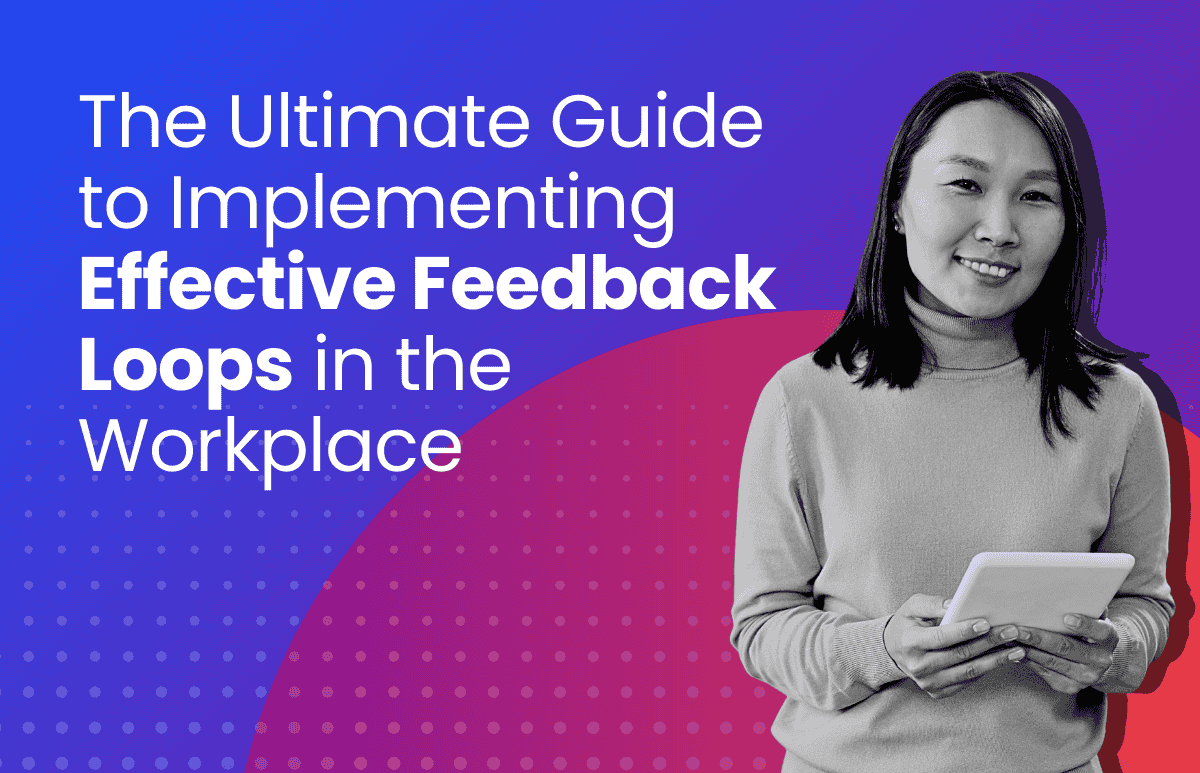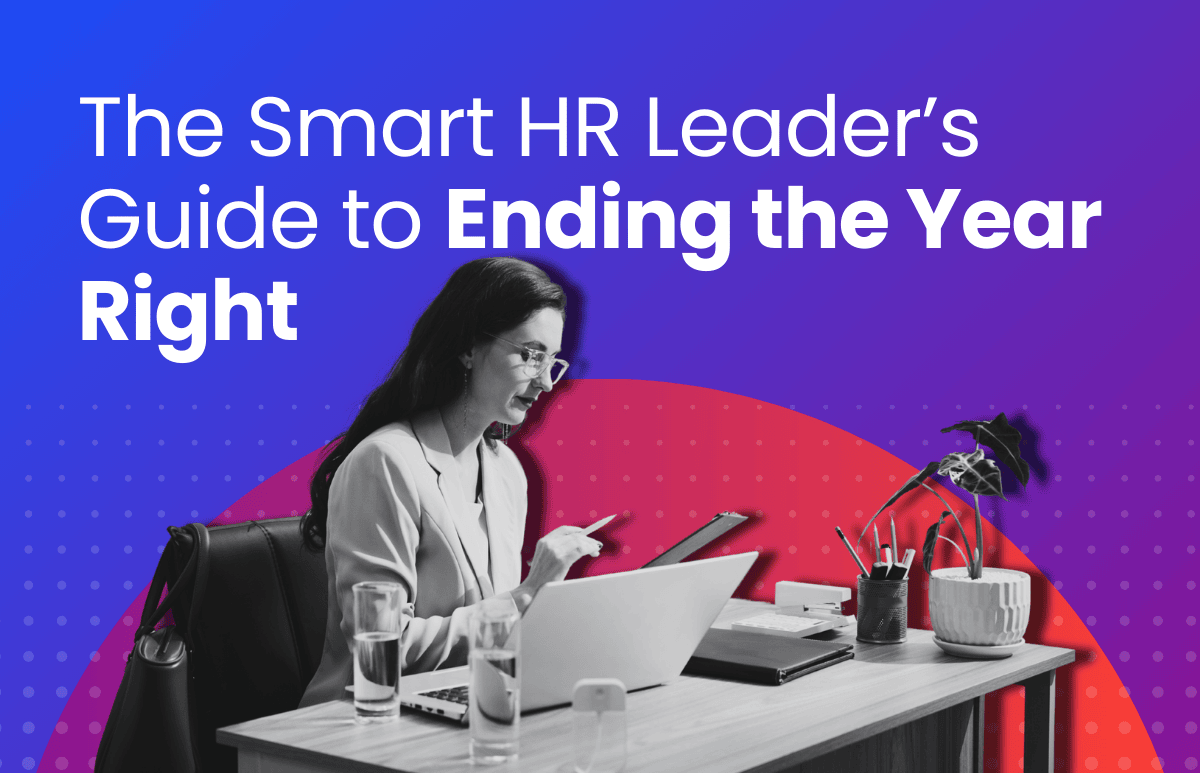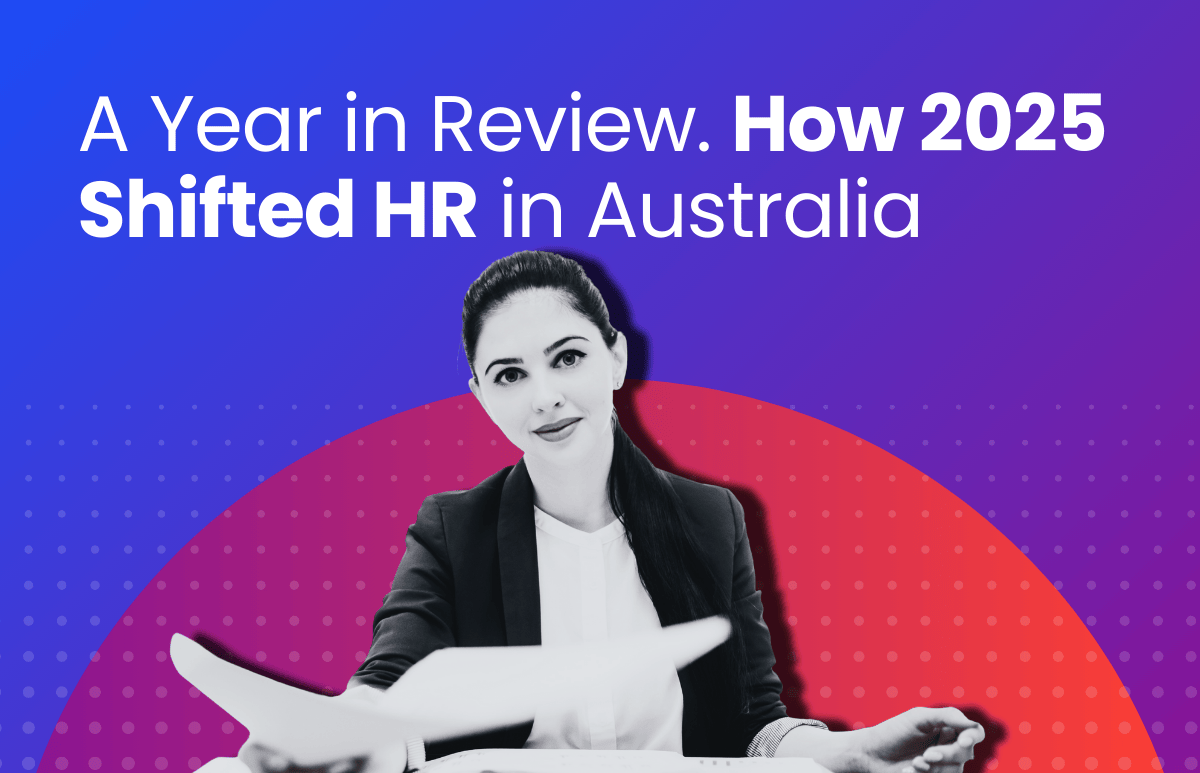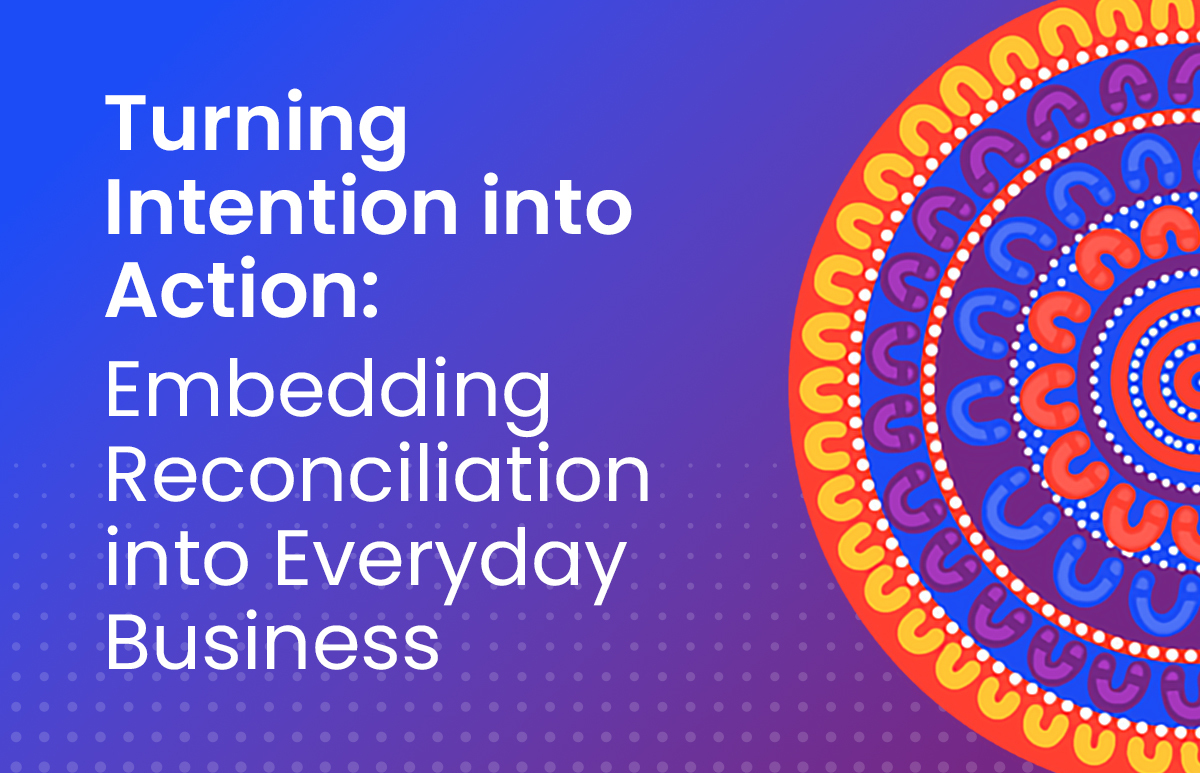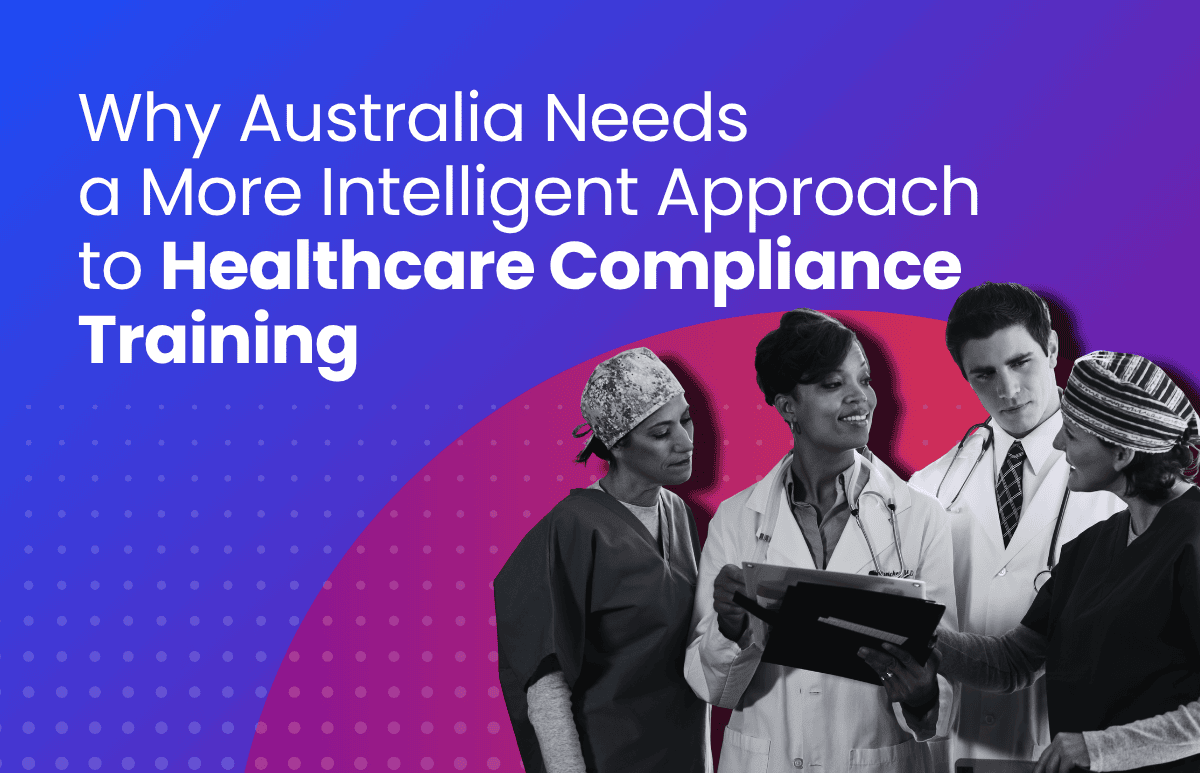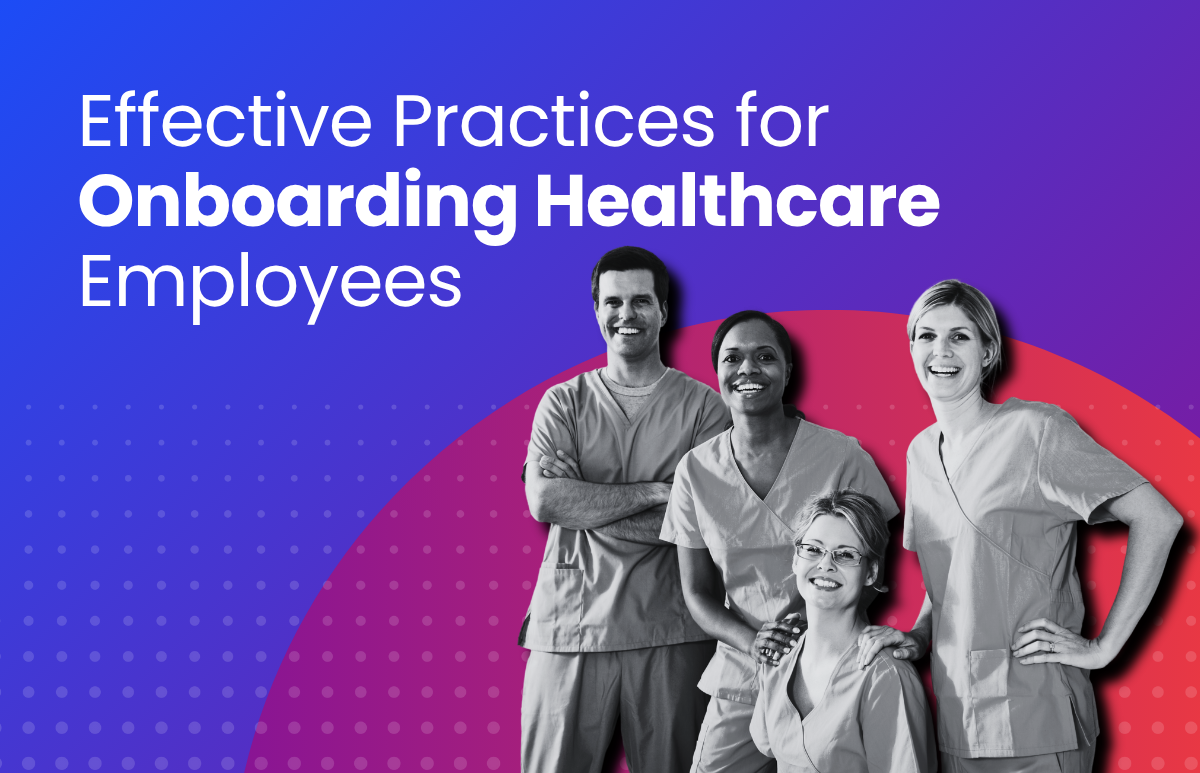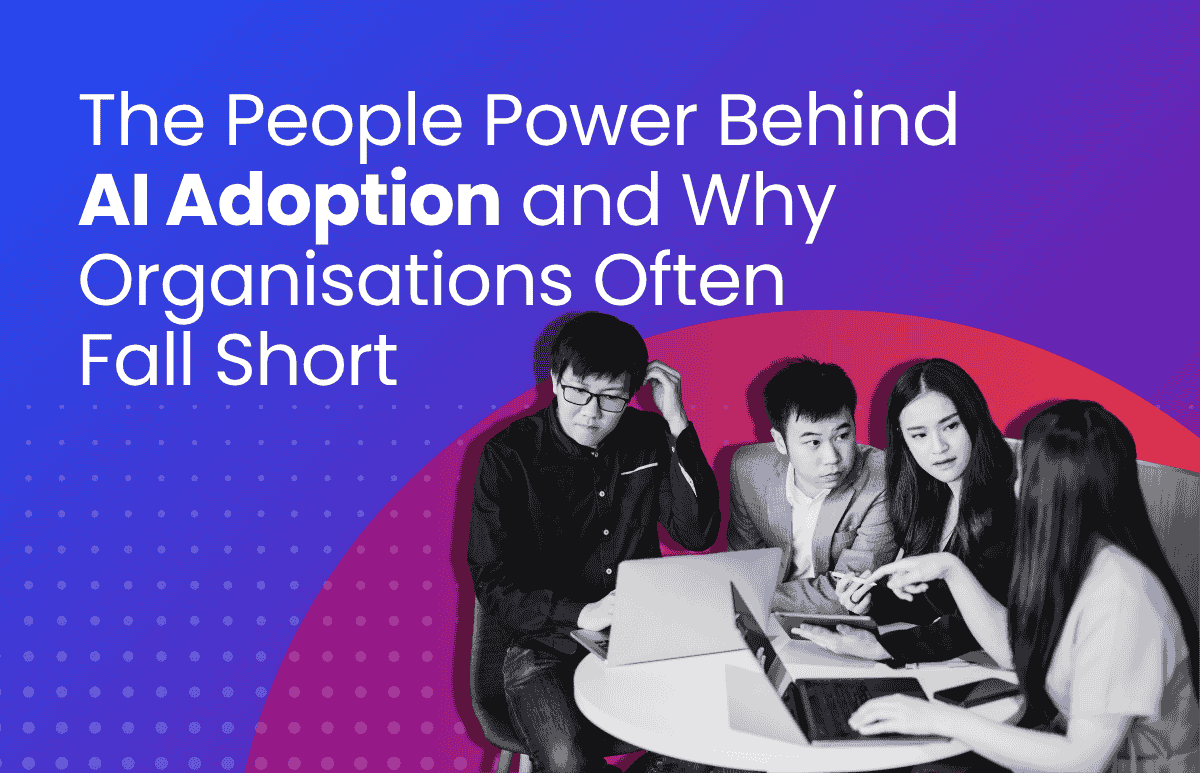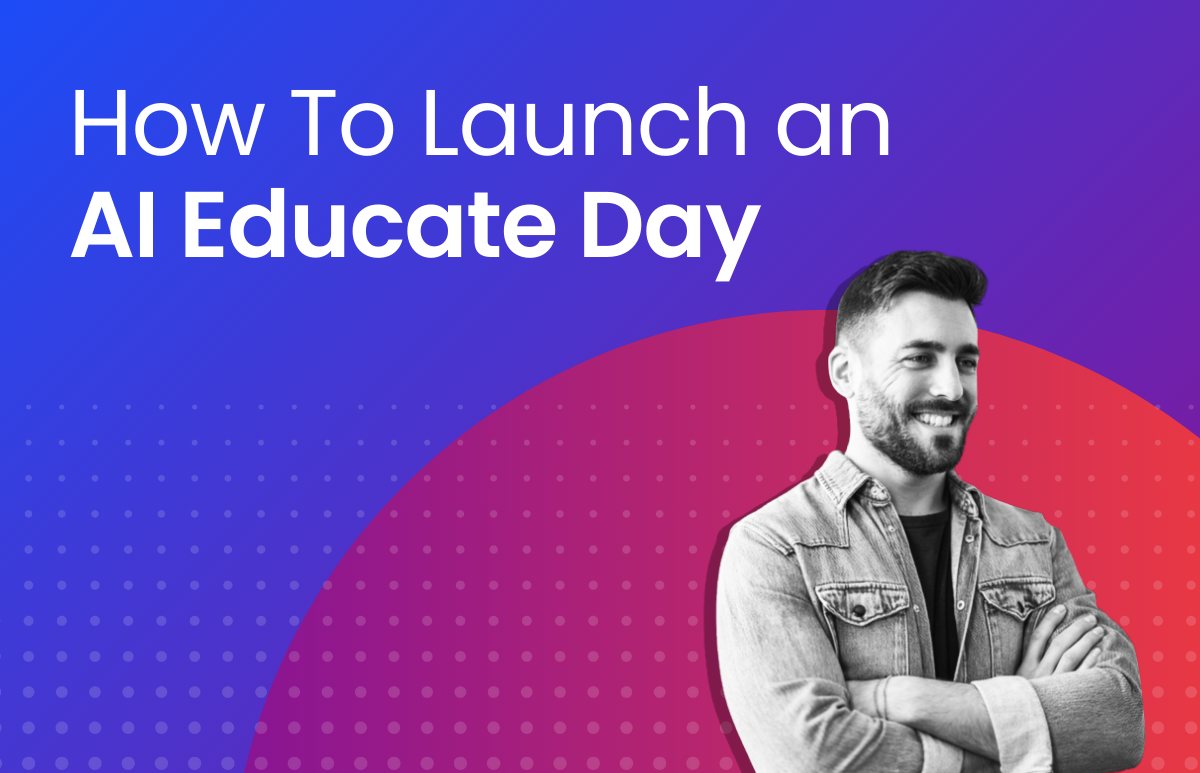Insights from ELMO’s 2025 HR Industry Benchmark Report
ELMO’s annual HR Industry Benchmark (HRIB) report has just landed and there’s lots to talk about. This year we surveyed 900 HR professionals across Australia to test the temperature of the water and gather important data on what’s important and pressing for the year ahead.
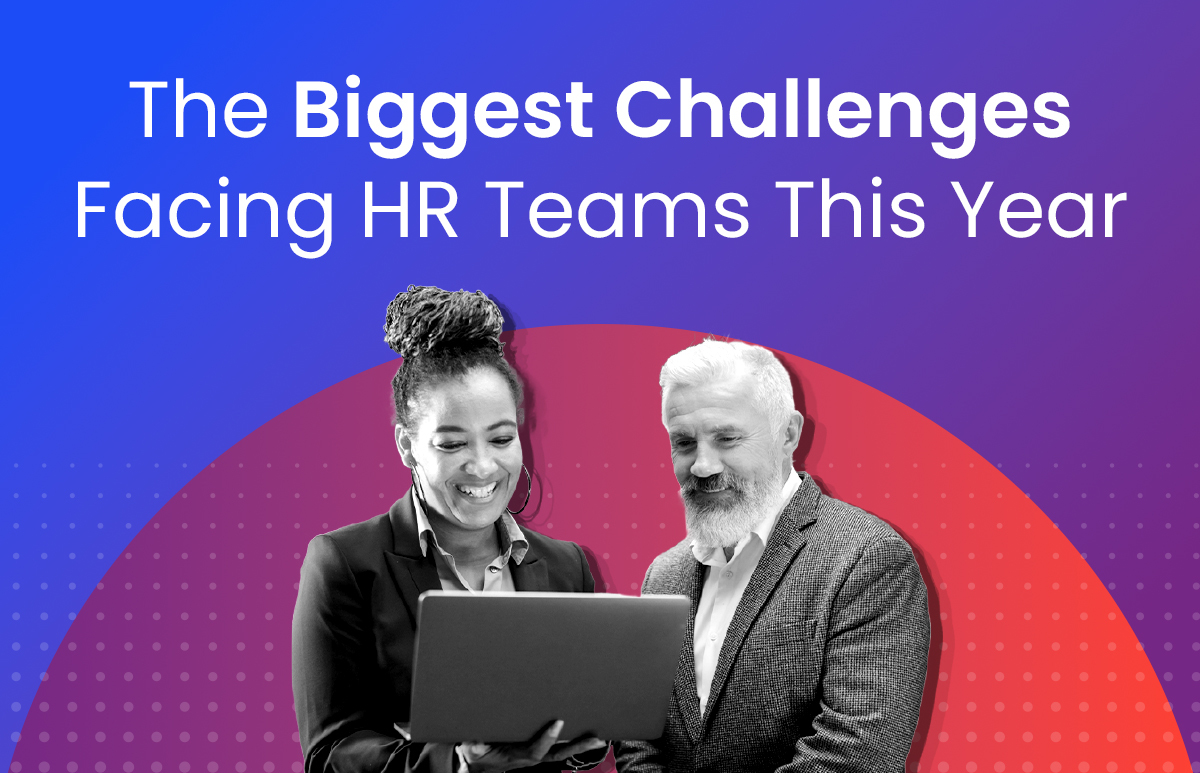
Australia’s HR revolution has begun
We found that the HR landscape is evolving at a rapid clip. AI is well on its way to shaking up recruitment, while stable hybrid working models are still a bit of a mystery, and Gen Z gains a stronger foothold in the workforce. Here’s what you need to know for 2025.
AI has firmly landed
AI isn’t coming, it’s well and truly here. Interestingly, Australian businesses are more cautious about AI adoption compared to New Zealand. Having said this, Australia is still demonstrating strong AI enthusiasm:
- 86% of HR professionals say AI will significantly impact their operations this year
- 68% feel prepared for this increasing need for adoption
- In 2025, 57% of Australian businesses will increase their AI technology budgets, a significant jump from 38% last year.
- 37% of Australian HR leaders now prioritise AI skills, up from 25% in 2024.
AI is currently making its mark on HR roles by:
- Automating thankless and repetitive tasks which frees up HR teams for strategic work
- Enhancing talent acquisition processes
- Speeding up regular workflows and driving data-driven decision making.
It should be made clear, though, that rather than replacing jobs, AI will largely augment roles and increase productivity. This is enablement, not replacement. HR teams that actively embrace AI driven tools will gain a major competitive edge and put them in good stead for the years ahead.
However, AI can still pose challenges, as we discuss in our full report.
Hybrid work remains rather contentious
Five years on from the pandemic, we’re still seeing the hybrid work debate roll on. In our report, we found that:
- 38% of HR professionals say their organisation mandates some office attendance
- 39% of organisations are required onsite/in office five days a week
- Only 16% have full control over their hybrid schedules.
It’s quite apparent that businesses are still searching for the perfect balance:
- 66% of organisations plan to revise their policies this year
- 26% will introduce some mandated office days
- 23% shifting to employee choice
- 3% to fully remote
- 14% full-time onsite / in office.
Interestingly, Australian respondents tell us work/life balance (30%) is a key driver in their employee retention strategy. This points to the fact that companies that master hybrid work will be much better placed to attract and retain the best talent.
The rise of the Gen Z workforce
Baby Boomers are retiring, and Gen Z are stepping into their shoes. By 2030, Gen Z will make up a third of the workforce. The challenge? Their expectations tend to differ substantially from previous generations.
We asked whether differences could be seen in work styles between older generations and Gen Z. We discovered that:
- 48% said there was a significant difference
- 41% said there was somewhat of a difference
- 11% said they are similar or no difference.
HR teams would be wise to rethink their employee value and offerings to align better with Gen Z’s priorities, or risk losing top young talent to a more adaptable employer.
HR emerges as a strategic force
We’ve found that HR professionals are seeing an increased level of collaboration between their Chief Human Resources Officer (CHRO or equivalent) and executive leadership:
- The CEO-CHRO partnership looks to be stronger than ever, with collaboration up 21%
- There’s also a growing link between HR and CFOs, up 32%.
This discovery really sheds light on HR’s increasing influence in business and financial decisions. How is this emerging leadership role revealing itself?
- Aligning HR metrics with business goals (42%, up from 29% in 2024)
- Understanding financial principles to drive data-backed workforce strategies (41% up from 26% in 2024)
- Predicting future trends using historical insights (39%, up from 25% in 2024).
What are the biggest HR challenges in 2025?
Despite a lot of evidence for strong progress, HR professionals still seem to be facing some major hurdles:
- 27% are seeing difficulty upskilling and reskilling employees to keep pace with change
- 26% said cybersecurity and data risks are an issue
- 39% struggle to link HR metrics to business outcomes
HR is in the driver’s seat in 2025
So what did we learn? With AI, hybrid work, and talent retention remodelling Australia’s workforce, HR is no longer just about policies and payroll, instead it’s becoming a strategic force that drives change and decisions. It’s also become clear that organisations that invest in AI, refine their hybrid work models, and align their HR strategies with business objectives will set themselves up for long term success.
 HR Core
HR Core 